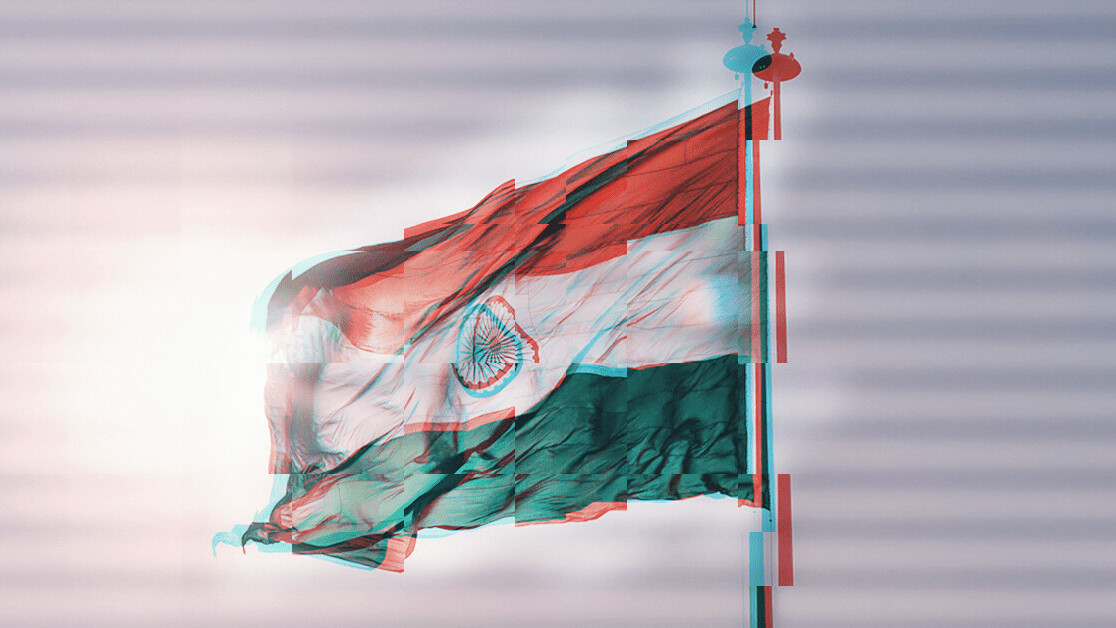
The Indian government has released guidelines for social media intermediaries such as WhatsApp, Facebook, and Twitter. Along with that, it also framed rules for over-the-top (OTT) platforms such as Netflix and Amazon Prime.
This code, officially known as the Information Technology (Intermediary Guidelines and Digital Media Ethics Code) Rules 2021, will affect how large tech companies operate in India and their content moderation policies.
Here are the most important points from the code:
Social media platforms
- All social media companies will need to appoint a grievance officer. The officer should acknowledge user complaints in three days and resolve them within a month.
- Intermediaries must remove non-consensual nude or semi-nude photos within 24 hours after receiving a complaint. This includes deepfakes and revenge porn.
- India will have an oversight committee with representatives from the ministries of defence, external affairs, home, I&B, law, IT, and women and child development. It’ll have powers to summon heads of social media companies in case they don’t follow these rules.
Larger social media companies, called significant social media intermediaries, will have to follow additional rules. The government said that it’ll release rules on what platforms should be considered significant intermediaries soon, but hinted that it might include services with more than 5 million users.
- Apart from a grievance officer, these firms will need to appoint a Nodal officer that could be contacted round the clock by law enforcement, and a compliance officer to address any issue related to these rules.
- These companies will need to publish a monthly compliance report on the number of complaints received and resolved.
- Trace the first originator of a message. The government said intermediaries will “not be required to disclose the contents of any message,”but how will social media companies trace a message if they don’t know the content? This might mean that chat apps such as WhatsApp and Signal might want to break encryption.
- Companies will need to remove offensive or unlawful content based on a court order within 36 hours. This will create a lot of controversy as in a diverse country like India, what’s considered offensive is highly subjective.
- If a platform decides to restrict access to someone’s account on their own, they’ll need to inform the user before taking the action. Plus, the platform should provide an appeal mechanism for the restricted user to challenge the action.
- Social media platforms should have a voluntary verification program, such as verification through your mobile number. A lot of social media platforms already have that, but it’s unclear how government rules will affect that.

These rules for social media intermediaries will come into effect three months from now.
Streaming platforms (Over-the-top platforms)
- Streaming platforms such as Netflix, Disney+ Hotstar, and Amazon Prime will need to form a self-regulation code to censor content.
- These services need to also provide age categorization for content: U (for all ages), U/A 7+, U/A 13+, U/A 16+, and A (adult).
- OTT platforms will also have to introduce a parental lock to keep children away — for anything rated above U/A 13+ — from harmful content.
In addition to this, the government also wants to bring digital news publishers under a regulatory framework. It has proposed a three-layer mechanism that will have a self-regulation code by publishers, a regulatory body of publishers, and an oversight mechanism. These guidelines for news sites are at an early stage, and it might take a while for final details to be flushed out.
You can read all the rules in this government-issued PDF hosted by Medianama.
Get the TNW newsletter
Get the most important tech news in your inbox each week.




